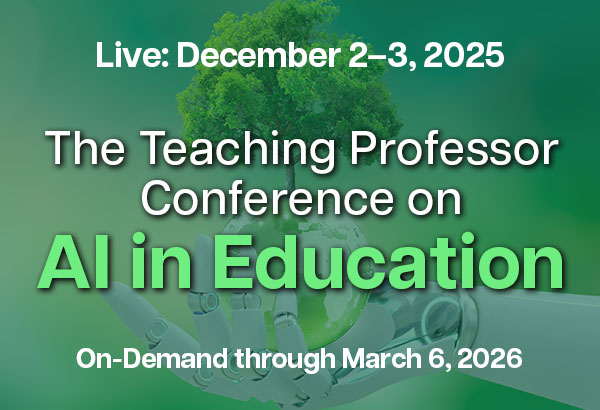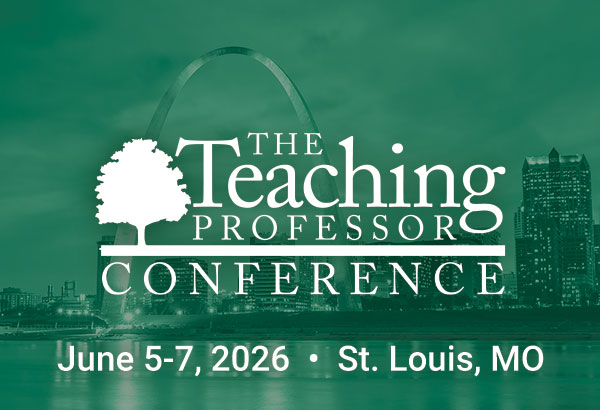Partnering with Your Librarian to Promote Information Literacy
Librarians as partners is a relationship that may not have occurred to you, but as librarians we think it’s one you ought to explore. Librarians are qualified to help you with pedagogical issues that go way beyond how to find a book or search a database.




